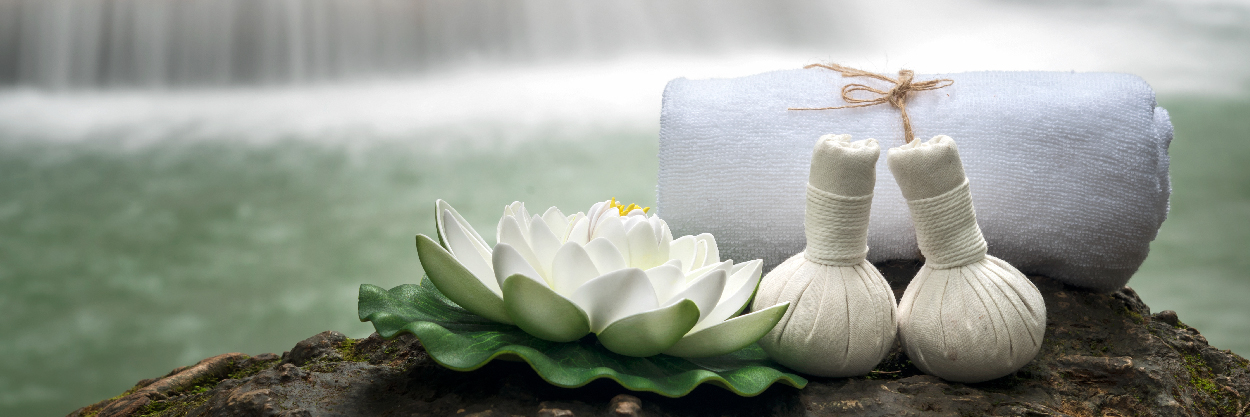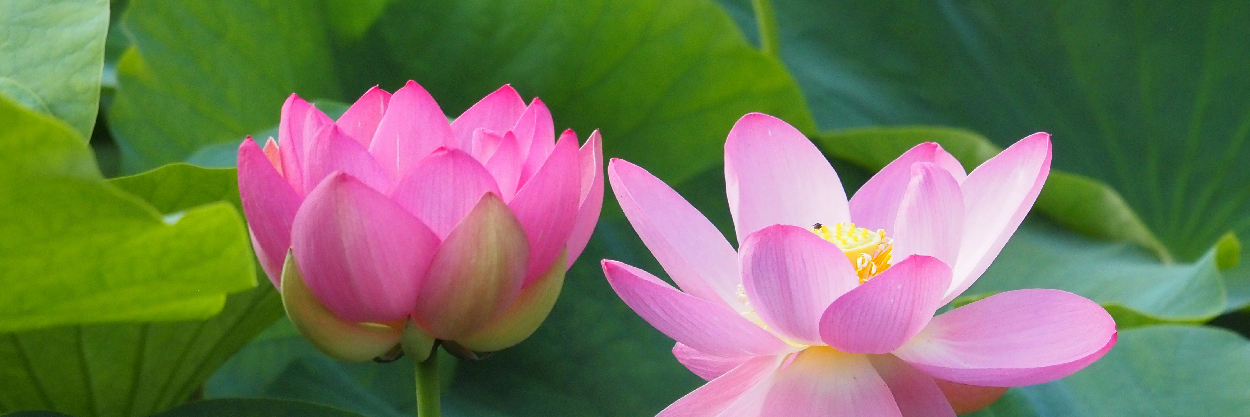Striking a balance between tourism and sustainability
Striking a balance between tourism and sustainability
I had the privilege of sailing around the Andaman Sea in Southern Thailand over the New Year and as always, I was fortunate to see spectacular scenery. Thailand really is a unique destination for lovers of beaches, sand and sun – and even more so for visitors who want to explore and enjoy the beauty of abundant tropical islands.
There is something for everyone seeking a beach holiday in the kingdom – busy coastal resorts with funky clubs directly on the sands and famous DJs spinning the latest tunes; party islands where life starts after sunset; restaurants for every budget; extensive water sports; sophisticated spas to enjoy a myriad of treatments; shopping streets and independent markets; and cultural pursuits, such as exploration of temples or indigenous island communities.
The other side of Thailand, and the one I personally love the most offers secluded beaches on pristine islands, azure blue waters, national parks and resorts in the middle of nowhere, ranging from comfortable two-star to five-star super luxury.
Thailand may not yet be the most sustainable country in the world, but authorities at both national and local levels are undertaking distinct efforts to maintain the natural beauty of the country’s natural resources.
Most of the national parks have control measures in place, such as designated areas for boats to moor and swimmers to swim. Some beaches, such as Maya Bay on Phi Phi Island, are off limits to boat operators who want to offload their passengers directly in the vicinity. Visitors have to disembark in another bay and undertake a five-minute shaded walk through the jungle to reach this idyllic site – immortalised in the Hollywood movie The Beach. Resorts are also not allowed to operate in national parks, at least not officially.
With China reopening its border for its citizens to travel overseas, discussions about mass tourism and a potential overrun of tourist destinations in Thailand have started. Thailand welcomed 13 million Chinese visitors in 2019, almost a third of all arrivals, and there is a fear that the entire country will be overrun by Chinese tourists.
In total, Thailand welcomed 40 million visitors in 2019 – the year before pandemic-enforced border controls were introduced worldwide. The Thai government has set a target of 25 million visitors for 2023. Surely there will not be an overrun of Chinese visitors this year, but the long-term plan will be to grow this number again.
Whereas I am strongly in favour for the protection of the environment, nature, villages and the underprivileged, I also believe it is the right of every country to grow their visitor numbers, and improve their economy and the lives of their people.
The key point is to do it in a way that strikes a balance between tourism and sustainability. This is a topic that can be covered in a future CEO story when new tourism data and evidence of how visitors have been managed is to hand.
Whichever way arrivals to Thailand develop, I am convinced tourists will continue to enjoy exceptional holiday experiences – be it lively beaches packed with party revellers, or seclusion and natural beauty for those seeking solitude.
There are few countries in the world that offer such good value for money as Thailand does at the present, particularly when the tourism sector is getting back on its feet after COVID-19 with visitor numbers way below pre-pandemic levels.
Wherever you may roam in 2023, enjoy happy trails!














